Have you ever sat down to work on your marketing and started writing a piece of content? You’ve got a lot to tell people. Lessons you want to share, insights to help those struggling.
So, you start writing, and then you remember that you’re hoping to get new clients too. You try to figure out when in the article and how to tell people about your new program or thing you’re offering.
Before you know it though, the piece you started working on, doesn’t feel so clear any more. Or it feels awkward. Clunky.
So, what’s going on?
What might be happening is that you might be confusing two distinct types of marketing content.
To build and grow your business, you need to be creating content, and you also need to be regularly sharing your offers.
Ongoing Educational Content
This is the main type of content you generate for your business. Two weeks ago, I wrote about how getting clear on its purpose can help you get it written.
This type of content is educational in nature. (I talk about writing in this post, but this applies to other mediums as well.) It’s design is to help those who consume it. Help them understand something, shift their perspective, learn something new, or change something.
It is a way your potential clients can get help from you without hiring you. As they connect with your content, and find it valuable, they start to see you as someone who can help them with the problem they’re struggling with.
In short, they start to trust you.
You can create this content through a variety of mediums – like blog posts, infographics, articles, videos, or audio. I always recommend finding one to focus on, the one you feel most at home with, and then leveraging that one to show up in various places.
You can share this type of content in a frequency that feels good (and sustainable) – weekly or biweekly at a minimum. Sometimes more. Sometimes less. (Although less often than every two weeks can make it hard for people to build up that level of familiarity with you and your work.)
You can refer to your business in these types of posts, but it’s in passing, rather than including paragraphs about your new offer or the latest thing you’re creating.
This content should highlight something your clients are struggling with and help them with it.
Ongoing, Generous Offers
Another important type of content you create for your business is around sharing your offers. I call these promotional pieces. The main difference between these promotional pieces and the educational content is in the purpose. Whereas value-added content helps your clients and creates name recognition and trust for your business, promotional content tells someone about your offer and invites them to respond
In marketing speak, this is what’s called including a call-to-action.
However, and this is what can sometimes be confusing. Even though it is not their main purpose, your promotional pieces can be helpful. They can educate. They can offer healing. A balm.
If you write with care and genuinely speak about what your program can do, your potential clients can experience something helpful when they read your promotional content. This doesn’t mean they will (or won’t) decide to buy from you; it just means there is an opportunity to bring care into the piece as part of the talking about the offer.
But it’s not the objective.
Being clear about what your objectives will help you create better, more effective messages.
What’s The Right Balance?
The best practice ratio of educational to promotional posts or emails is up for debate. There surely are people out there that seem to arrive in your inbox every single day (sometimes more!) promoting their programs.
The truth is you should always share more of your value added or educational content than offers.
Because that’s how strangers find out about you in the first place. If someone hasn’t heard of you, it’s incredibly unlikely (unless they’ve gotten a wonderful referral) that they’ll see a promotional posts and decide on the spot to hire you.
People know to know who you are first, have a chance to hear from you to decide if they really like what you’re saying before they decide to trust you by hiring you.
And it’s your educational content that is going to help people draw nearer to you. When you share content that’s sole purpose is to help your potential clients, people begin to see you as someone who can help them.
You don’t need to do the telling. Them realizing that all on their own is way more powerful.
It’s a little bit like finding the right nutritional balance in your diet. Every business and owner should identify a good rhythm of creating and sharing educational content and promoting offers to work with your business.
If you’re looking for a place to start, I usually recommend three to four value-added pieces of content to every one promotional piece.
So, if you post on Facebook regularly, most days in a week, that might be a week’s worth of educational posts for every offer facing-post in each week. If you post once a week, that might look like a month’s worth of value-added posts for every promotional post. And so on.
Sometimes, when you’re running a campaign for a particular program or a workshop for example, that ratio won’t hold on a weekly basis. But if you step back and look at what you’re sharing over a quarter or an entire year, though, it holds true
If the content you’re putting together has not been feeling clear or has been feeling a little awkward, take a step back and look at the two main types of content you need to generate for your business. Once you understand the differences between educational content and promotional content, including how to create them and how often to share, your content creation will be much easier.

